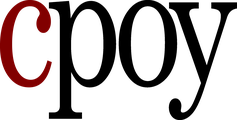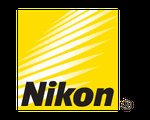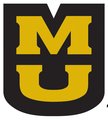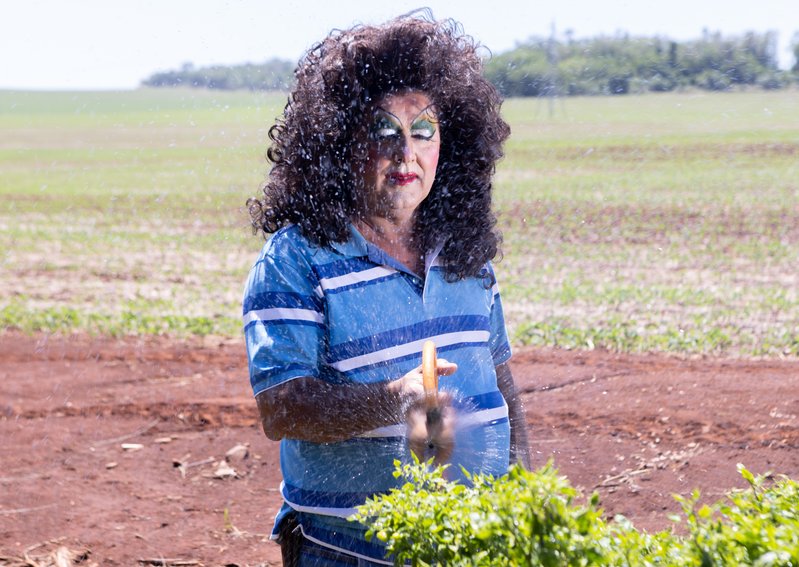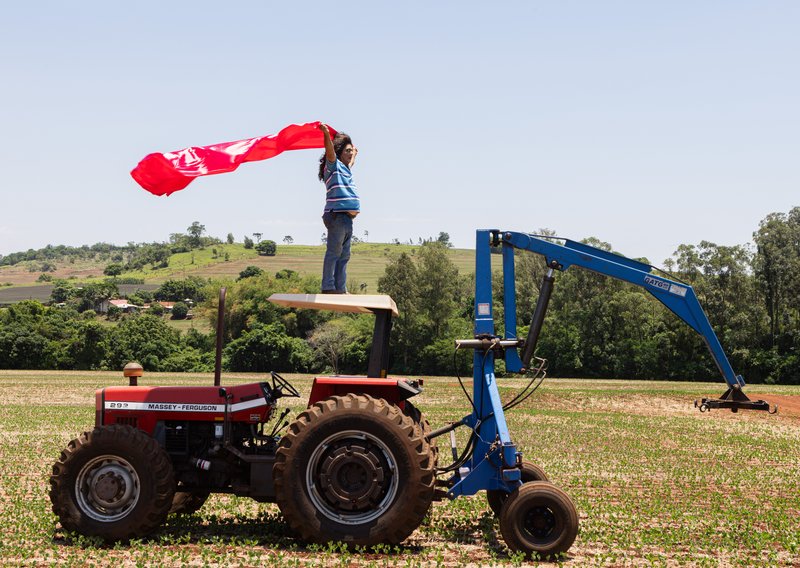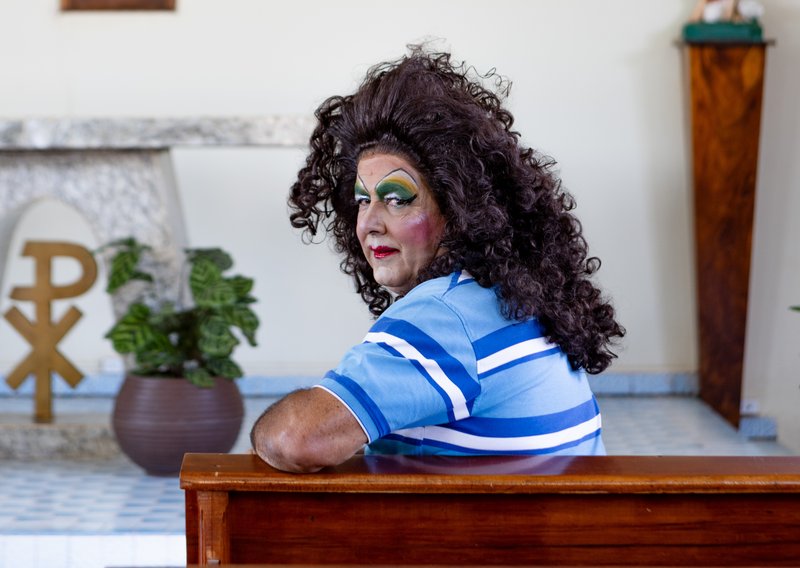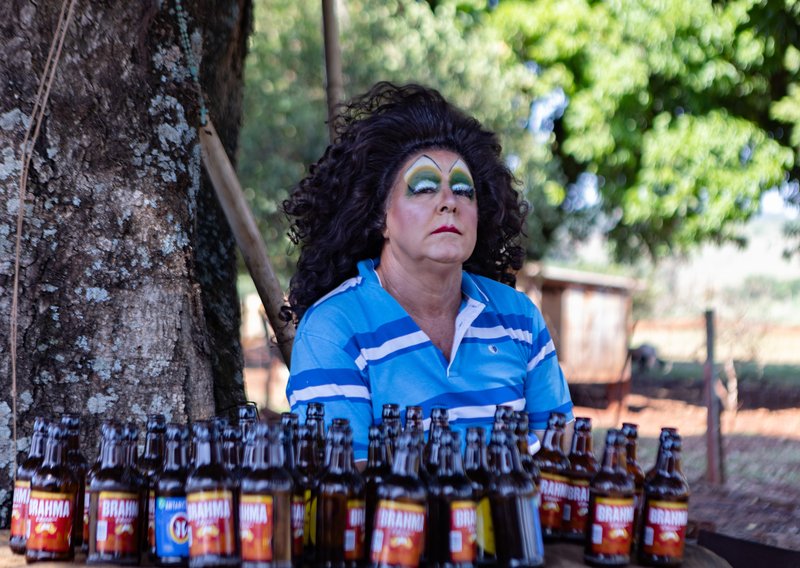Gold: Dear Father
Dear Father redefines the bond between father and son, exploring acceptance through a role reversal. As I painted my father's face, we forged a new understanding. He became the performer, while my queerness, long hair, and piercings became normalized. His exaggerated eyes, hair, and makeup transformed into a familiar reflection, allowing me to step out of my performance.
I photographed my father, a traditional farmer and religious man performing everyday tasks on our Brazilian farm, aiming to recapture childhood memories. Familiar scenes of him tending the farm, riding his motorcycle, or slaughtering a sheep were given new life by his willingness to do so in drag.
This engaged and expressive man, keen to be photographed up close in full makeup, was someone I had never recognized before. The project became a meeting point between photographer and subject, father and son.
Having faced misunderstanding and haunted by the boy who despised himself for being gay, who didn’t become a farmer or engineer, but was labelled ‘golo’ (a family’s dialect homophobic slur), this project directly addresses those who misunderstand and label. ‘Golo’ once taunted me, but now it inspires me to create change. In Dear Father, I have escaped this colloquial tag through an experimental and intimate exploration of our relationship. The project has become a means for my father to demonstrate his acceptance and encouragement, bringing us to communicate our feelings and sending a clear message to extended family and friends in Brazil who labelled me.
Dear Father has become a cherished, microcosmic yet profound message that we are all capable of understanding much more than we realize. My father, riding his motorbike through the farm with the wind flowing through his bouffant hair, is a testament to that on so many levels.
Dear Father, I believe we found our peace.
The image shows a person standing atop a red Massey-Ferguson 299 tractor, holding a large, bright red cloth that flows behind them in the wind. The individual, dressed in a blue-striped shirt and jeans, stands confidently on the tractor’s roof, with their long wig blowing in the breeze. Their pose is striking, as they hold the cloth above their head, appearing to balance it with an air of defiance or celebration. The tractor is parked in an agricultural field with small plants sprouting from the soil. Next to the tractor, there is an attached blue hydraulic arm or crane, which is used for handling or lifting materials. The backdrop consists of rolling green hills, scattered trees, and a distant rural landscape with a few houses, all under a clear blue sky. The overall scene evokes a sense of freedom, rural life, and connection to the land.
